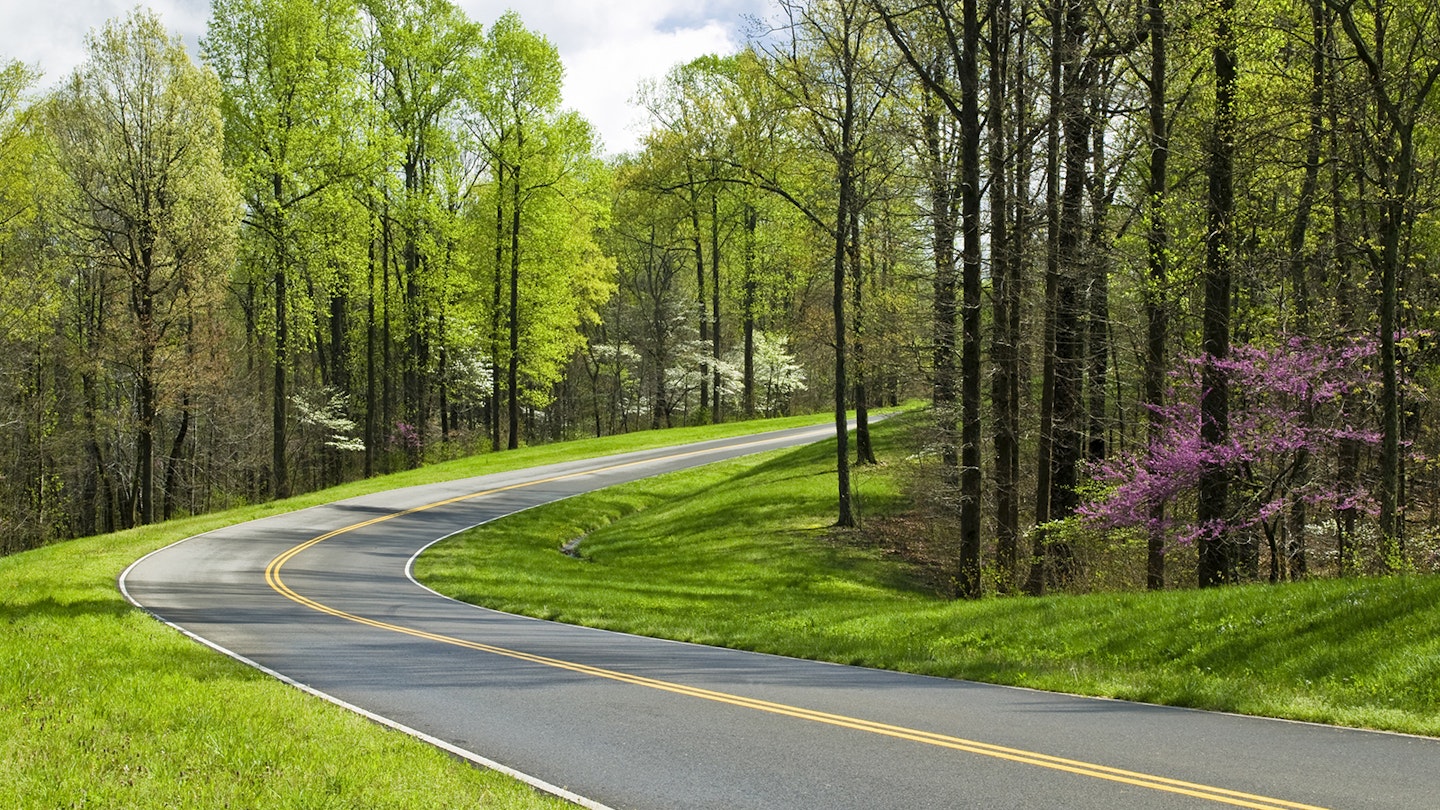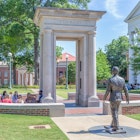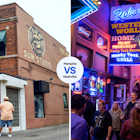Often overshadowed by the more famous Blue Ridge Parkway in the Appalachian Mountains, the Natchez Trace Parkway winds for 444 memorable miles through Tennessee, Alabama and Mississippi. Although the scenery alone makes this legendary drive worth taking, don’t miss the many kitschy landmarks, historical sights and natural features along the way that are worth slowing down for.
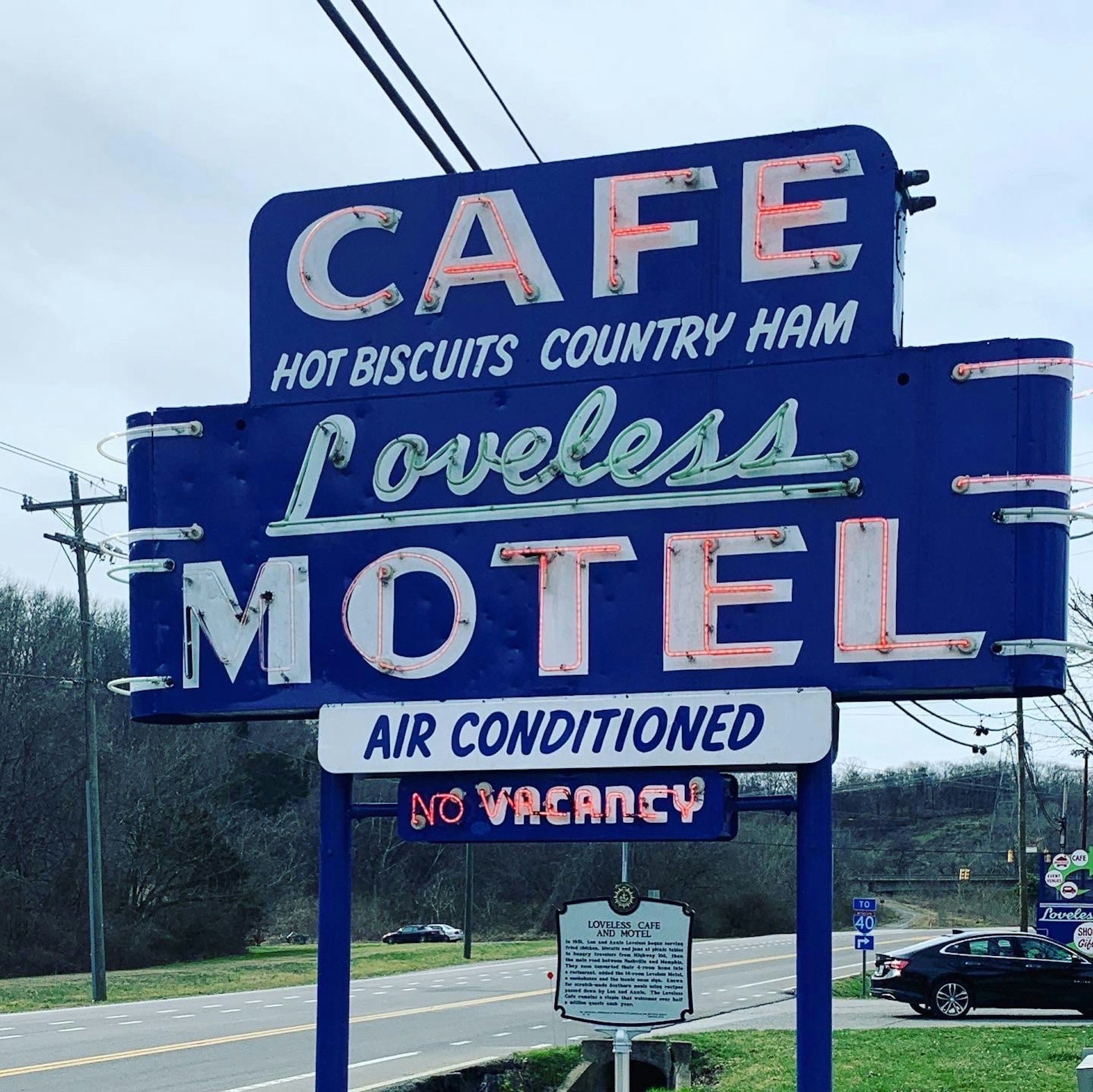
Originally a Native American trading route, the modern Natchez Trace Parkway was built in the 1930s by the Civilian Conservation Corps and is a National Parks System-affiliated byway with end points outside of Nashville and in namesake Natchez. The two-lane road, which is closed to semi-trucks, is a tranquil and beautiful drive, where you can often spot birds, turkey and deer. Here are some top detours, listed from north to south.
1. Eat biscuits at Loveless Cafe – Nashville, Tennessee
Fuel up for your journey at Loveless Cafe, which is located on Highway 100 near the entrance to the parkway. Originally opened in 1951, this roadside restaurant and motel quickly became an essential Music City destination. Upon sitting down, diners will be brought a basket of the cafe’s famous biscuits, the buttery, soft quick bread that the Southern states are known for. At the Loveless, you can even watch them being rolled out by the staff through a glass window. Biscuits are best topped with assorted jams and jellies, or sorghum, a molasses-based sweetener. Other dishes to try are the country ham, fried chicken and hashbrown casserole.
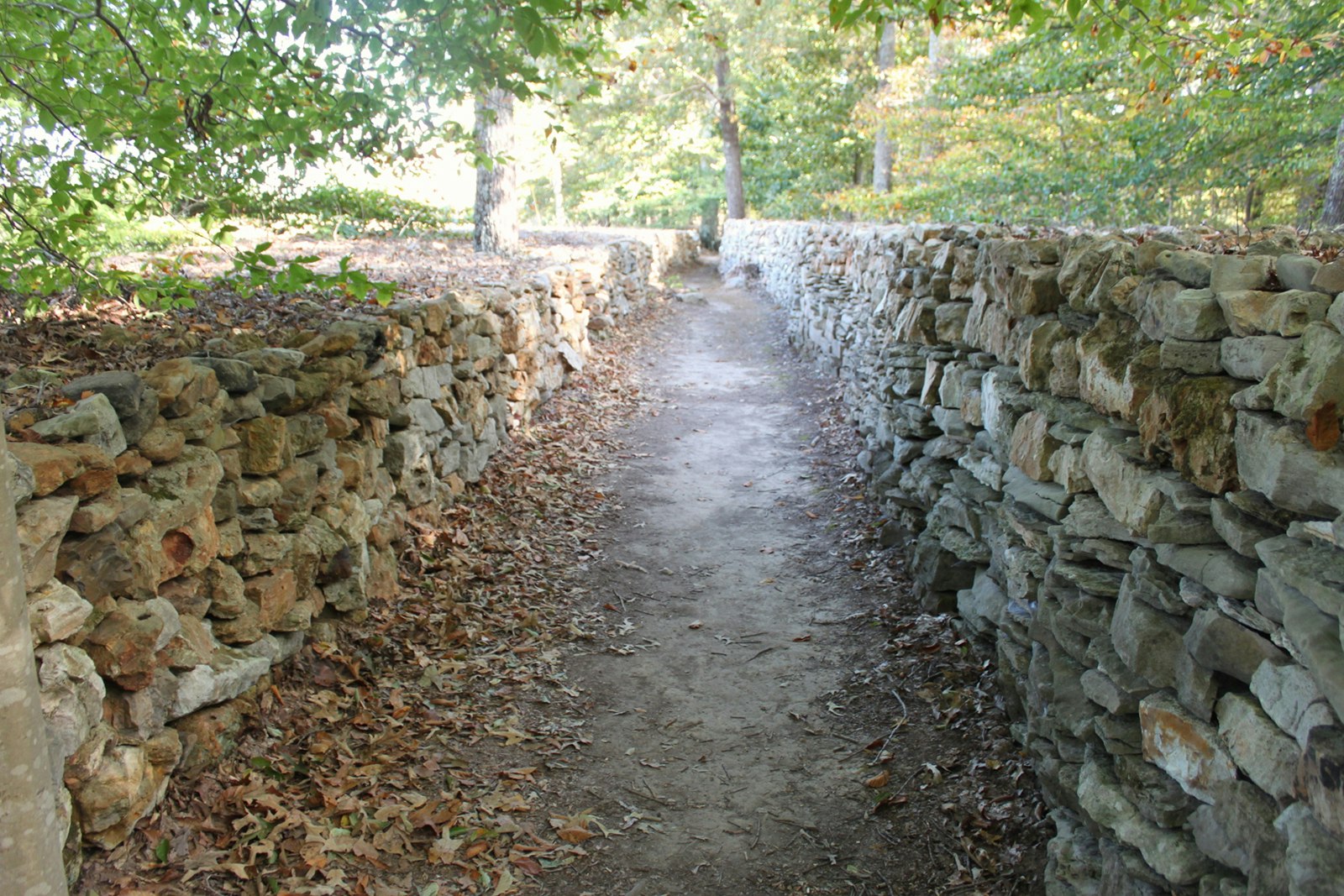
2. Trail of Tears at Te-lah-nay's Wall – Florence, Alabama
It’s impossible to talk about the Natchez Trace Parkway without mentioning the Native American history and the tragic Trail of Tears. As a child, Florence resident Tom Hendrix heard stories about his Yuchi tribe ancestors being forcibly removed from their homes and walking from Alabama to reservations in Oklahoma. Legend has it that his great-great-grandmother, Te-lah-nay, found her way back to the area by following the sounds of the “singing river,” known today as the Tennessee River.
To honor his ancestor, Hendrix spent more than 30 years building a wall out of the local limestone rocks. The stones vary in shape and size, and the wall takes on different heights to represent the ups and downs of Te-lah-nay’s journey. Over the years, visitors came to see Te-lah-nay's Wall, often bringing their own rocks and messages. Hendrix passed away in 2017, but the wall remains as a tribute to the suffering of the Yuchi and other tribes who were removed from their ancestral homes.
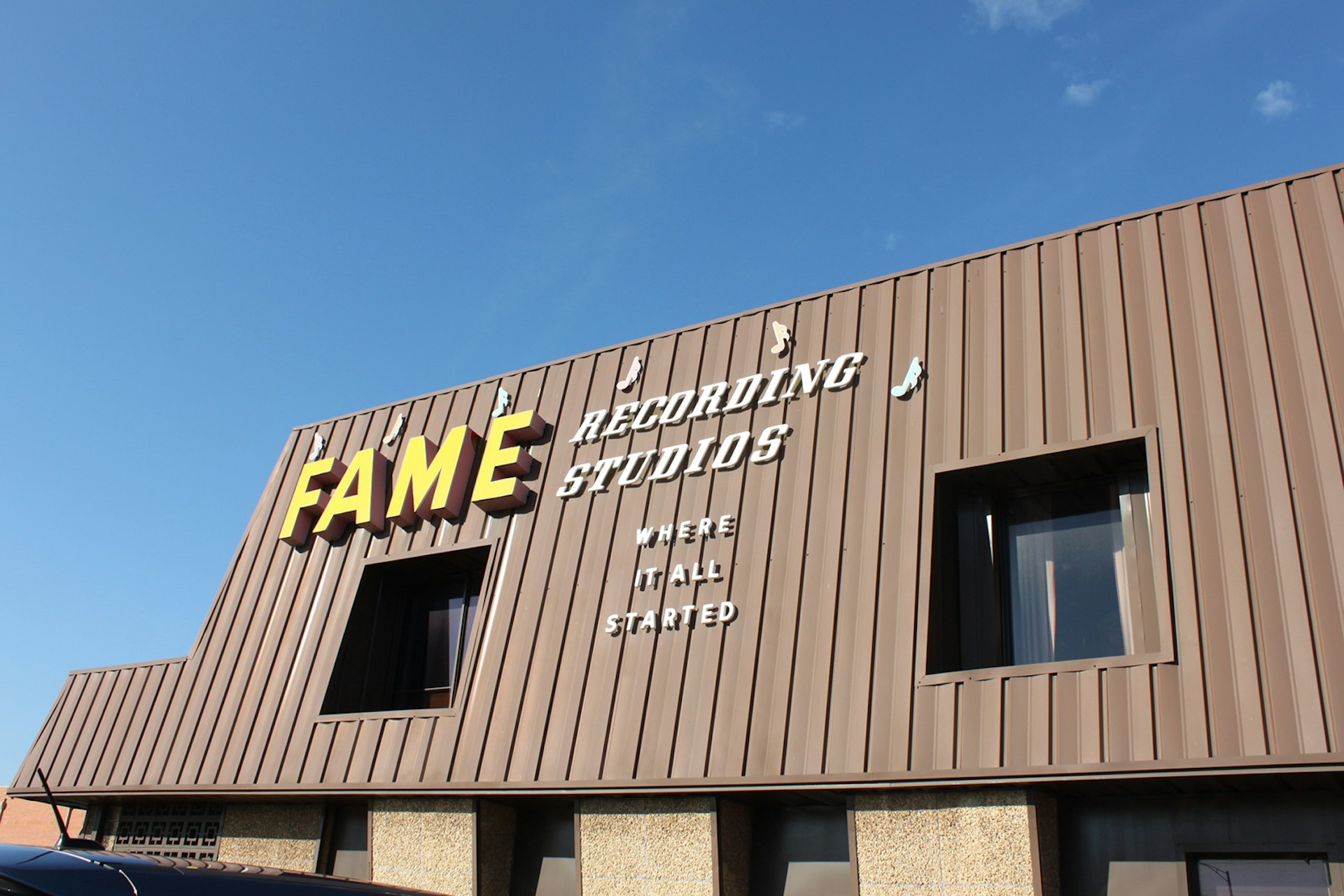
3. Muscle Shoals Sound Studio – Muscle Shoals, Alabama
The South has many ties to music history, but not everyone knows about North Alabama’s biggest claim to fame. The towns known as greater Muscle Shoals, including Sheffield, Florence and Tuscumbia, were home to recording studios that created records for the world’s most iconic musicians.
FAME Studios and Muscle Shoals Sound Studio – both located in Muscle Shoals today – worked with artists of all races in the segregated 1960s, backing their vocals with distinctive rhythm sections that developed the legendary “Muscle Shoals Sound”. Artists like The Rolling Stones, Cher, Wilson Pickett, Etta James, Paul Simon and Aretha Franklin recorded hits here. There’s been renewed interest in these studios thanks to renovations by the Beats by Dr. Dre Foundation and the documentary Muscle Shoals, and both offer tours. The beat goes on with modern artists, like Alicia Keys and the Black Keys, who continue to flock to the area to record.
You might also like: The Southern US Mixtape
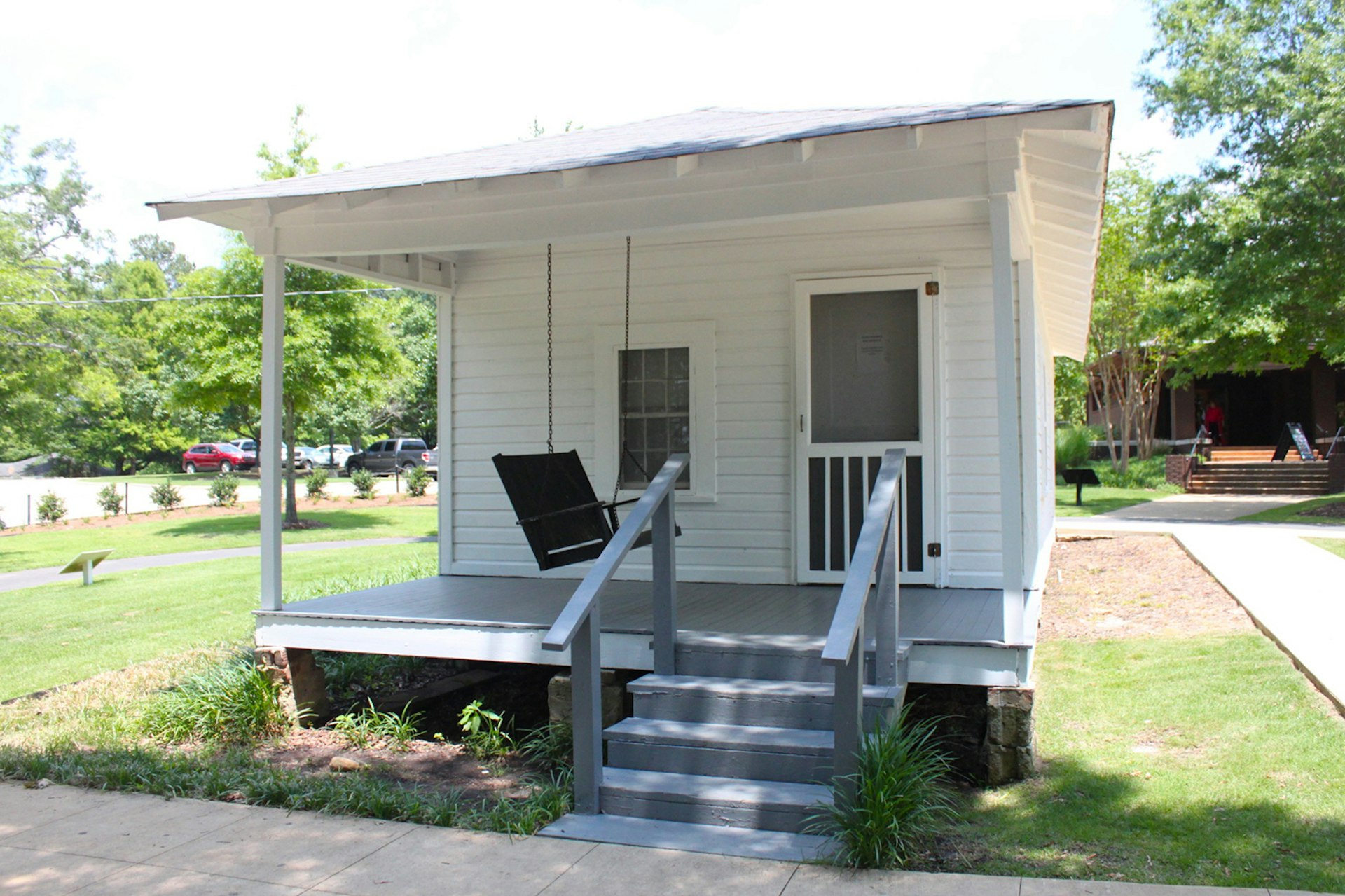
4. Elvis Presley's birth home – Tupelo, Mississippi
The town of Tupelo is the official headquarters of the Natchez Trace Parkway and a good halfway point for travelers. The Elvis Presley Birth Home is a music lover’s dream, encompassing his small shotgun home where he was born in 1935, his childhood church and a museum. Fans from all over the world come to the small town to see where “The King” grew up, but this isn’t the only place to learn about Presley.
Tupelo Hardware is where Elvis bought his first guitar and Johnnie’s Drive In has memorialized the booth where he’d enjoy “slug burgers,” a Mississippi beef patty supplemented with flour. Every year, Elvis tribute artists flock to the town to celebrate the Tupelo Elvis Festival with performances, look-alike contests and other Elvis-centric events.
5. Cypress Swamp – Canton, Mississippi
If you’re short on time but still want to take in the parkway’s natural offerings, detour to Milepost 122 for the Cypress Swamp on the Pearl River. The wide trunked tupelo and cypress trees stick out among the dark water like legs in a pool, reflecting in the glass-like surface of the water. It’s not uncommon to spot reptiles, including alligators sunning on the riverbanks. View its eerie beauty from the wooden boardwalk that winds just under a mile through the swamp.
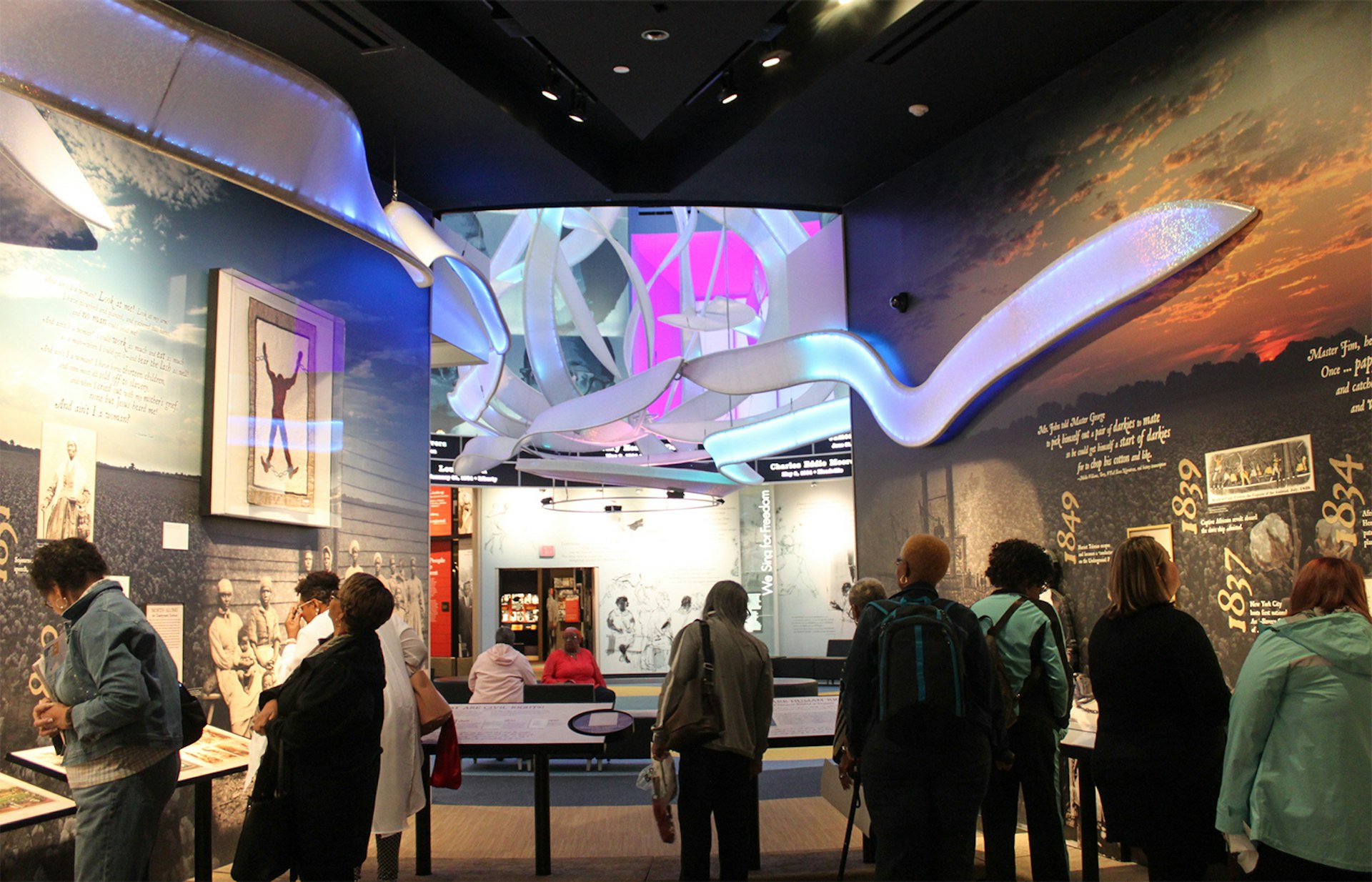
6. Mississippi Civil Rights Museum – Jackson, Mississippi
Mississippi was central to the Civil Rights Movement of the 1960s. This legacy – as well as a look at the movement as a whole – is explored at Jackson’s Mississippi Civil Rights Museum, which opened in 2017. The eight interactive galleries require at least three hours to tour and include film clips, artifacts and informational panels. They document the state’s history of the oppression of African Americans, from the 1800s through the late 1970s, including the stories of Medgar Evers, an NAACP member and activist who was shot in front of his Jackson home, and Emmett Till, a young boy murdered in 1955 for allegedly flirting with a white woman.
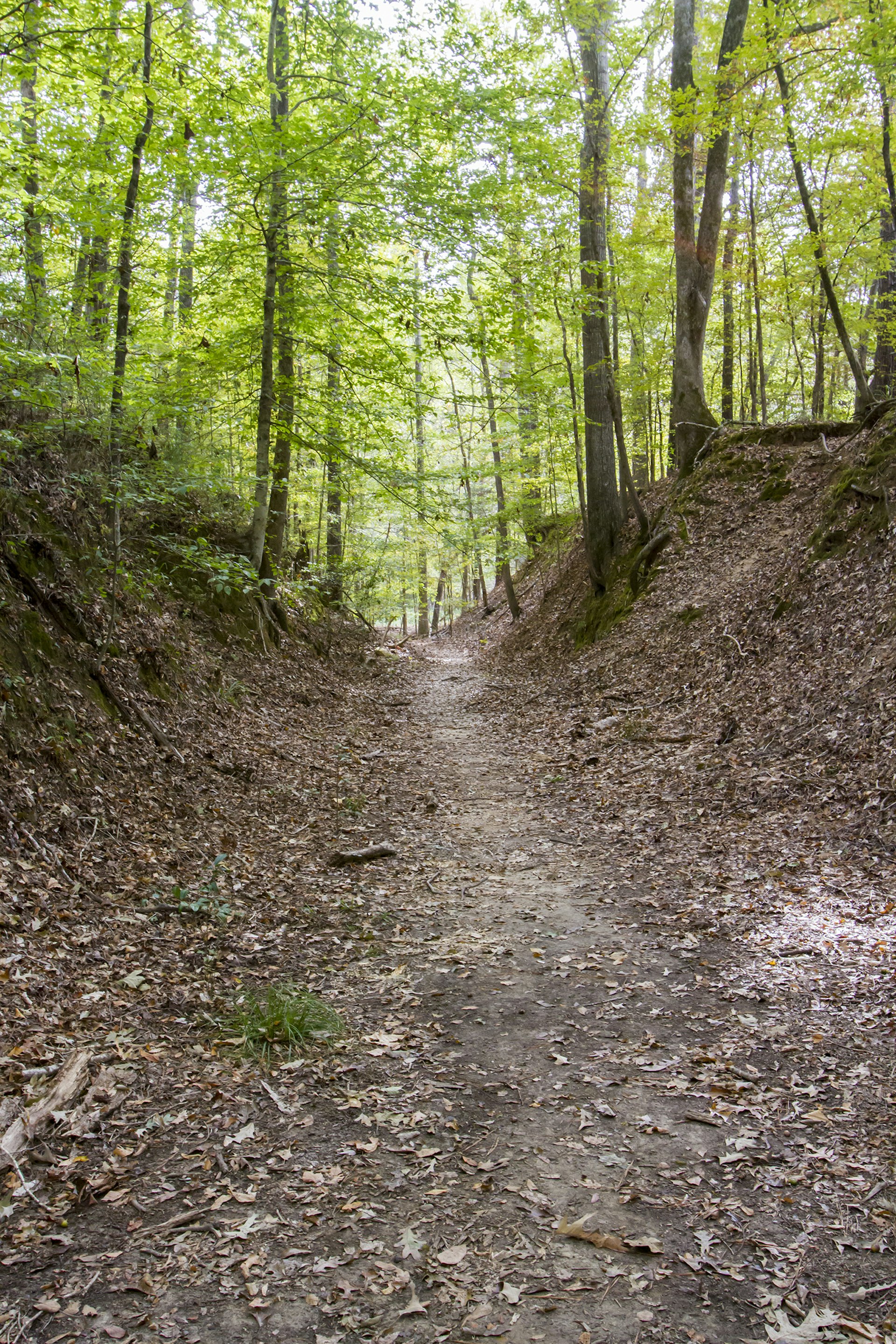
7. The Sunken Trace – Port Gibson, Mississippi
Located at Milepost 41.5, the Sunken Trace is a reminder of the conditions by which early Mississippians traveled by foot and horse, weathering extreme conditions and disease. The earth here has been worn away from thousands of years of human and animal traffic, lending the path an almost canyon-like feel. Tree roots poke out from the soft soil on both sides, which is piled high like sand dunes a few feet above your head – it’s a deservedly popular photo op.
8. Windsor Plantation ruins – Port Gibson, Mississippi
Only the Corinthian columns remain of Windsor Plantation, one of the Mississippi River Road’s finest antebellum homes. Originally inhabited by slave owner Smith Coffee Daniell II, it was the largest home in the state at the time. But a series of events occurred in rapid succession, starting with Daniell’s death from a mosquito-borne illness shortly after he moved there. That day was also the start of the Civil War, but the home miraculously survived the battles nearby. Instead, it burned to the ground in 1890 when a houseguest accidentally dropped a lit cigarette. Today the spot is maintained by the state, but check conditions before your trip as this area is prone to flooding.

9. Emerald Mound – Natchez, Mississippi
During the Mississippian period, Native Americans built mounds in this region, some of which can still be viewed near the Natchez Trace Parkway, including the Bynum and Pharr mounds. But the largest is the Emerald Mound Site, located at Milepost 10.3, which is also the second-largest ceremonial mound of this kind in the United States. Built around 1200 AD by the Natchez, the mound is 35ft high and has two smaller mounds on top of it. It served as a ceremonial site for nearby villages before it was abandoned in favor of the Grand Village, closer to modern-day Natchez.
10. Forks of the Road – Natchez, Mississippi
The town of Natchez sits on the bluffs of the Mississippi River, where the parkway ends, and is known for its plantation and antebellum homes, which are open for tours during their twice-yearly pilgrimage. But part of the story that can’t be forgotten is that of the people whose unpaid labor generated this wealth. The Forks of the Road site, on the grounds of a former enslaved market – the largest in the state and one of the largest in the nation – tells part of this story. Visitors can read the information panels about the slave trade in Natchez and beyond. The chains set in concrete are a haunting reminder of this dark part of American history.
You might also like:
Best places to beat the heat in Southern US
5 natural escapes in Alabama
Facing the past in Montgomery, Alabama
This article was originally published in September 2018 and updated in May 2020.

